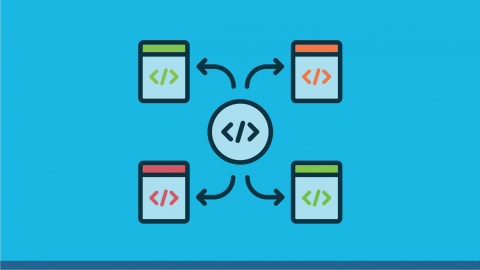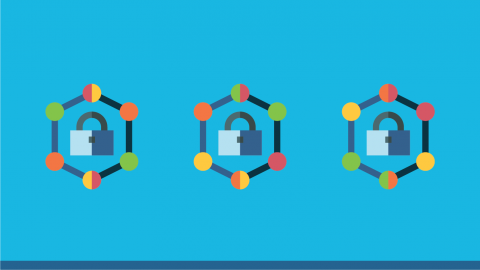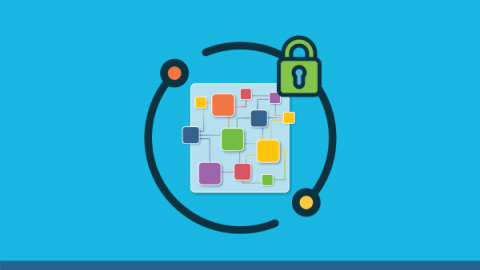Top 5 Access Control Challenges
Identity and access management (IAM) is an integral part of security systems. Without proper authentication and authorization, it would be impossible to practice cybersecurity principles such as zero trust and least privilege. By now, most organizations have a firm grasp on the identity part of IAM, including concepts like multi-factor and token-based authentication.











